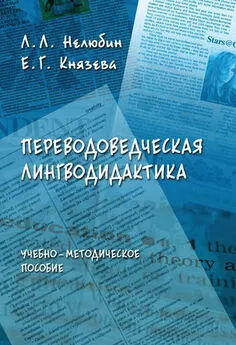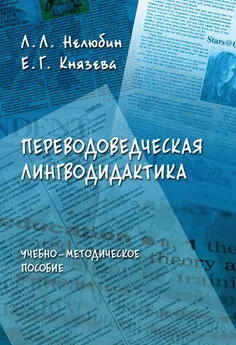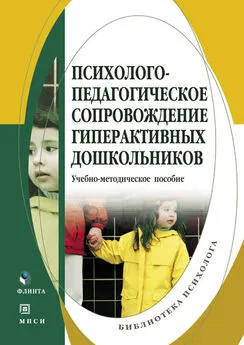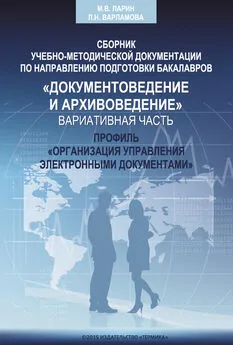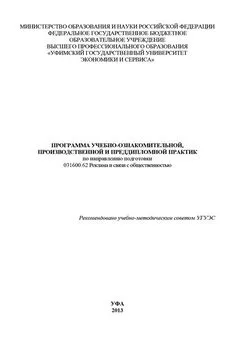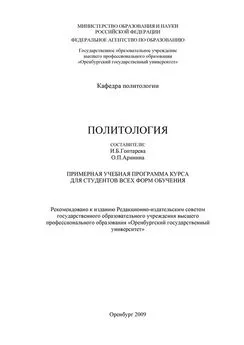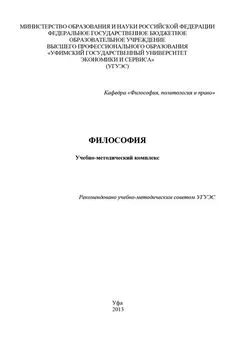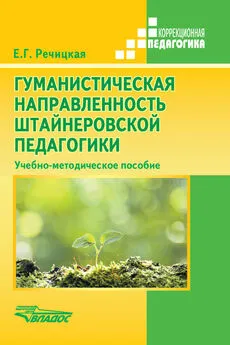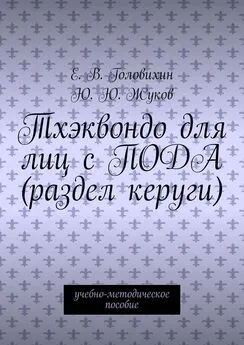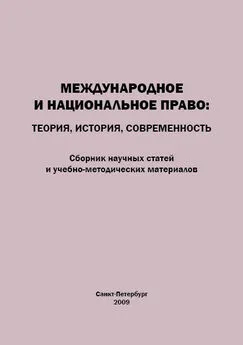Array Коллектив авторов - Переводоведческая лингводидактика: учебно-методическое пособие
- Название:Переводоведческая лингводидактика: учебно-методическое пособие
- Автор:
- Жанр:
- Издательство:Array Литагент «Флинта»
- Год:2009
- Город:Москва
- ISBN:978-5-9765-0800-2, 978-5-02-034767-0
- Рейтинг:
- Избранное:Добавить в избранное
-
Отзывы:
-
Ваша оценка:
Array Коллектив авторов - Переводоведческая лингводидактика: учебно-методическое пособие краткое содержание
Для преподавателей, интересующихся лингводидактическими проблемами обучения технике перевода, вопросами развития навыков и умений всех форм специального перевода.
Переводоведческая лингводидактика: учебно-методическое пособие - читать онлайн бесплатно ознакомительный отрывок
Интервал:
Закладка:
(10) Thus, the Germans did much better in 1940 than in 1914. They put an even smaller force in the south than they had before, even though they had more divisions available. At the same time, the threat there was much greater in terms of French divisions – 53 compared to 23 in 1914.
(11) The Siegfried Line not only made such economy of force possible, but it had already served Germany well during the Polish campaign. Second-line divisions were sent to man the fortifications at that time, permitting the main army to be concentrated in Poland. Even if the French and British had attacked immediately in the west, the works would have given time to redeploy the first-line forces.
(12) Both times the victor used his works to save on forces in secondary battles and to put more into the decisive fight. He thus got a superior force ratio in the main battle and accepted inferiority on less critical fronts. In one case, it was the defender who won in this way. In the other, it was the attacker.
(13) War-gaming factors, based on historical rates of advance' and force ratios, also can be used to show the use of fortifications: at theater level. In a model, Country A and the adjoining. Country В each fields a force of 300,000. Each country puts 200,000 on their common border and holds a reserve of 100,000. Should Country В decide to attack, she might do so as shown in Fig. 1.
(14) Country В has twice the strength of Country A in the main attack zone. The thrust should move at 1.8 miles per day initially. Country A could move her reserve to the north and might get a stalemate, but the fight would all be on her territory, and she would probably lose some of it.
(15) Country A has another alternative. She can execute the same maneuver as Country B, thus threatening the enemy homeland. Country A, too would expect initially to move about 1.8 miles per day. However, she might start later unless she had sufficient warning of impending attack to prepare her counter move. This capability of Country A to duplicate Country B's move may deter the latter from attacking.
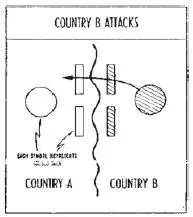
Fig. 1
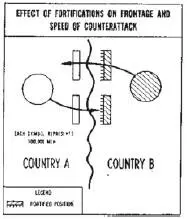
Fig. 2.
(16) Country B, however, can improve her capability to attack by building fortifications. She might build them only on the southern half of the front, but this would reveal her plan. Therefore, Country В probably would fortify the entire border, thus retaining the option of attacking anywhere.
(17) With Country В fortified, Country A has less capability for a countermove. If both attacks were made on the same fronts before, Country A would be expected to move only 0.4 mile per day while Country В would still gain 1.8 miles per day. For Country A to get 1.8 miles per day in her attack will now require four times the strength of the fortified troops compared to only twice the strength of unfortified defenders. This will require 'Country A to narrow her attack to one third the former frontage. Thus, the threat to Country В has been cut to 22 percent of its earlier value based on time or 33 percent based on frontage. (Fig. 2.)
(18) The works give Country В another option. She can reduce her strength in the south and increase her force ratio in the attack. If Country В cuts her strength in half, in the south, Country A could have a force radio of four there, and could again attack at 1.8 miles per day. However, Country В has a force ratio of 2.5 in her attack in the north and could be expected to move 2.4 miles per day.
(19) Country A may counter with her own forts. This brings the strategic balance back to its value before Country В began construction. There is one significant difference, however – the entire action is slowed. The mutual construction will give an advantage to the country which has the most to gain from time such as a greater mobilization potential or a greater reinforcement by allies.
(20) Of course, Country A, the defender, might have been the first to fortify. She would then have an obvious advantage over an unfortified Country В should the latter attack. Country A could form a larger mass of maneuver than could Country B. She could also conduct limited attacks from her works, preventing the enemy from reducing his strength on secondary fronts.
(21) Country В would have to take some action to restore the balance. One such action could again be the construction of fortifications.
(22) The experience of the two World Wars and the analysis of war-gaming factors lead us to the following conclusions:
– Fortifications give a country a strategic advantage over an unfortified neighbour.
– They can be used to reduce the number of troops on secondary fronts and to form a larger mobile reserve.
– Fortifications may also be used to slow enemy attacks or counterattacks, thus gaining time for the fortified country to execute the maneuver it desires.
– They are useful either on the offense or on the defense. When a potential enemy fortifies his frontier, it should not be concluded, based on that evidence alone, that he is defensively inclined.
– When both opponents fortify, the advantage goes to the country which gains greater strength with time.
Примечание: Статья опубликована в журнале Military Review, vol. XLIX No. 5, 1969. Автор – полковник У. Стюарт. Во время опубликования статьи он был начальником отдела штаба сухопутных войск США во Вьетнаме.
Рефераты
Рефератом называется вторичный документ, содержащий краткое изложение первичного документа. Основное назначение реферата – ознакомить читателя с основными положениями реферируемой работы.
Составление реферата в некоторой степени напоминает столь знакомое студенту конспектирование первоисточников. Главное различие между этими видами работы состоит в том, что конспект как средство, ускоряющее усвоение материала и облегчающее его повторение, рассчитан на индивидуальное пользование его составителем, в то время как реферат адресован читателю и рассматривается как самостоятельный документ. Реферат всегда подписывается составителем, который несет ответственность за его качество. Вместе с тем, будучи кратким изложением материала, реферат не может заменить собой первичный документ, и обычно на основании изучения реферата делается вывод о целесообразности полного или частичного перевода оригинала.
Существует несколько видов рефератов. По критерию полноты изложения содержания оригинала рефератыподразделяются на информативныеи индикативные.Информативные рефераты иногда называют рефератами-конспектами. Они последовательно излагают содержание первичного документа, отражая все его основные положения. Индикативные рефераты (рефераты-резюме) дают сведения только по главной теме документа. Такое деление, однако, довольно условно, так как не всегда можно четко разграничить эти виды рефератов. По критерию количества реферируемых документов различаются монографические рефераты,составляемые по одному документу, и обзорные рефераты(обзоры), которые знакомят с содержанием нескольких документов, объединенных общей темой.
Требования к полноте и объему реферата, а также к особенностям его оформления могут различаться в зависимости от назначения реферата и конкретных указаний командования, однако существуют общие правила составления рефератов, применимые к большинству случаев.
Объем реферата зависит главным образом от объема первичного документа, однако зависимость эта не прямая. Максимальный объем реферата монографии в несколько сот страниц или большого сборника статей обычно ограничивается пятью-шестью машинописными страницами. Реферат статьи из специального журнала (20–30 страниц) не превышает двух-трех машинописных страниц. На реферат статьи меньшего объема (до десяти страниц) отводится около одной машинописной страницы. Примерно такие же пропорции применимы и при реферировании иных материалов (уставов, инструкций, справочников, учебников и т. п.).
Как правило, реферат состоит из следующих частей:
– библиографического описания, куда входит и заглавие;
– реферируемого документа;
– текста, отражающего основную мысль и основное содержание оригинала;
– примечаний референта, если в них есть необходимость.
Переводчику, не имеющему опыта референтской работы, рекомендуется придерживаться следующей последовательности при работе над рефератом.
1. Внимательно прочитать документ, предназначенный для реферирования.
2. Разбить текст документа на отрезки, содержащие законченную мысль. В статьях, стенограммах выступлений на конференциях и в других документах относительно небольшого объема эти смысловые отрезки обычно соответствуют абзацам или группе абзацев. В книгах за такой отрезок принимается глава или соответствующая ей структурная единица текста.
Читать дальшеИнтервал:
Закладка:
